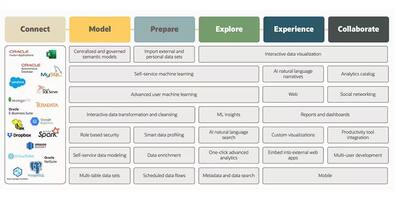
As the world reopens in full force amid COVID-19 vaccination efforts, brands seek new ways to turn customers' in-store experience into something that not only makes them feel safe but keeps them coming back and staying longer.
The growing trend of "Russian nesting doll" stores is when larger stores host small outposts for well-known brands. The nested doll, or outpost, brings excitement and new shoppers to a physical shopping experience that needs new energy. Retailers like Kohl's, Target or Hy-Vee host small retail outposts for brands such as Sephora, Apple, or DSW, respectively.
The strategy intrigues customers and draws new footfall for both brands. Many upscale department store retailers like Selfridges, Galeries Lafayette, and Neiman Marcus have employed a heavy "concession" model for years, and others like Best Buy and Tesco experimented too, but like omnichannel customer expectations, COVID-19 accelerated the shop-in-a-shop trend across all types of mainstream retail. However, the idea of one shop nested in another can bring complexity for store organization. As retailers look to hop on this bandwagon, we have some recommendations and advice to meet the challenges of the store-within-a-store model.




